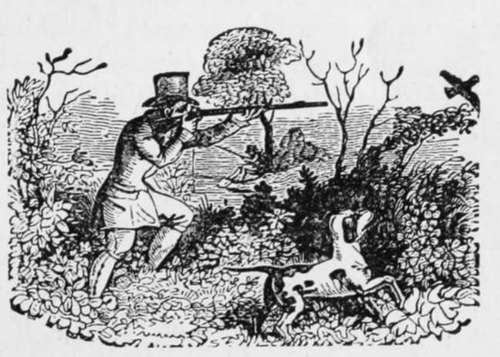Cropping, Tailing, Dew-Claws
Description
This section is from the book "Breeding, Training, Management, Diseases Of Dogs", by Francis Butler. Also available from Amazon: Breeding, training, management, diseases.
Cropping, Tailing, Dew-Claws
The dog-fancying portion of the community are so accustomed to the cropping of Bull-dogs, Terriers, Bull-terriers and others of the pugnacious class, that the public, through them, have become convinced that the operation is absolutely indispensible.
The practice originated in a desire to save the ears of the animal from being lacerated and torn, and to prevent them serving as a hold in his warlike encounters with others of the same stamp. It is decidedly an injurious practice, often producing hardness of hearing, if not deafness, by exposing the ear to the reception of all kinds of filth and tending to produce disease. I certainly am accustomed to think it improves the appearance of some breeds of dogs, but I believe they would be less punished, even in a fight, with their ears on ; as the bite on a short ear would consequently be nearer the head, and on that account the more punishing. As for their being torn by thorns and otherwise damaged, the flaps are the greatest protection against all internal injuries. The method I adopt in cropping, is first to cut the top off one ear to the desired length ; the piece taken off to be used as a measure, by which to cut the other top. When both tops are off. flatten the ear out with one hand and cut in a straight line from the base of the ear to the farthest point at the top. cutting of course both ears exactly alike. Do not cut too close in at the base, if you do not wish to subject the dog to great discomfort, for the sake of fashion. There are various methods of cropping, but whichever you adopt, be careful to cut both ears exactly alike, or the beauty of the handsomest animal may be ruined for life. It should be done with a large sharp scissors, so as to be effected with one cut; thus it will be better done and give the animal less pain. But never attempt the operation, unless you have a steady holder, as on this depends perhaps more than on your own skill. If the ears should be left long, or appear to be inclined to droop, they may be tied together for a few days, over the head by a piece of thread, passed through the ends of the ears with a needle. After the operation, strong salt and water will stay the bleeding and stop the smarting. A little olive oil may be afterwards put on twice a day, with a light feather ; but the ears will do about as well, if let alone. Some advocate the cutting of the ears, when the animal is only a few weeks old, True, they very soon heal under the mother's care, and the sooner on account of their tenderness, but I prefer waiting till the dog is four or five months old, because the ear is not developed at such an early age ; therefore in its growth, it becomes naturally thick, and seldom looks well ; in the second place, before the ears be cut, the natural droop has to be considered, and they should be short-tened accordingly, or they will never stand up right. Besides in case of sickness or more especially Fits, it may be advantageous to have ears to cut off, to relieve the flow of blood to the head. As to tailing, it is a very simple operation (now almost out of fashion) and requires nothing but a knife or any sharp instrument, with which the narrative may be abbreviated to suite the taste of the owner. It is far preferable that this be done when young, as the tail is more difficult to heal than the ear. To stop the flow of blood, if necessary, put salt arid vinegar in a rag and tie it over the end of the tail. There is no need of this, when the animal is very young ; when more matured, however, I have seen several instances, where the animal would have bled to death without it. If you cut it when young, take care not to leave it too short, as it will not grow in proportion to other parts of the body, and a short stump is a most inelegant appendage to the most symmetrical form.
Dew-claws are considered by many as a proof of impurity of breed. I see no ground for such a supposition, as I have found them occasionally on all breeds, good, bad or indifferent, and I must say I cannot account for their appearance. They may, however, have once been the distinctive mark of a pure stock. Those who have any objection to them can easily remove them with a sharp scissors. They are generally very lightly attached, and the pain must be very trifling, especially when the animal is young.

Continue to:
